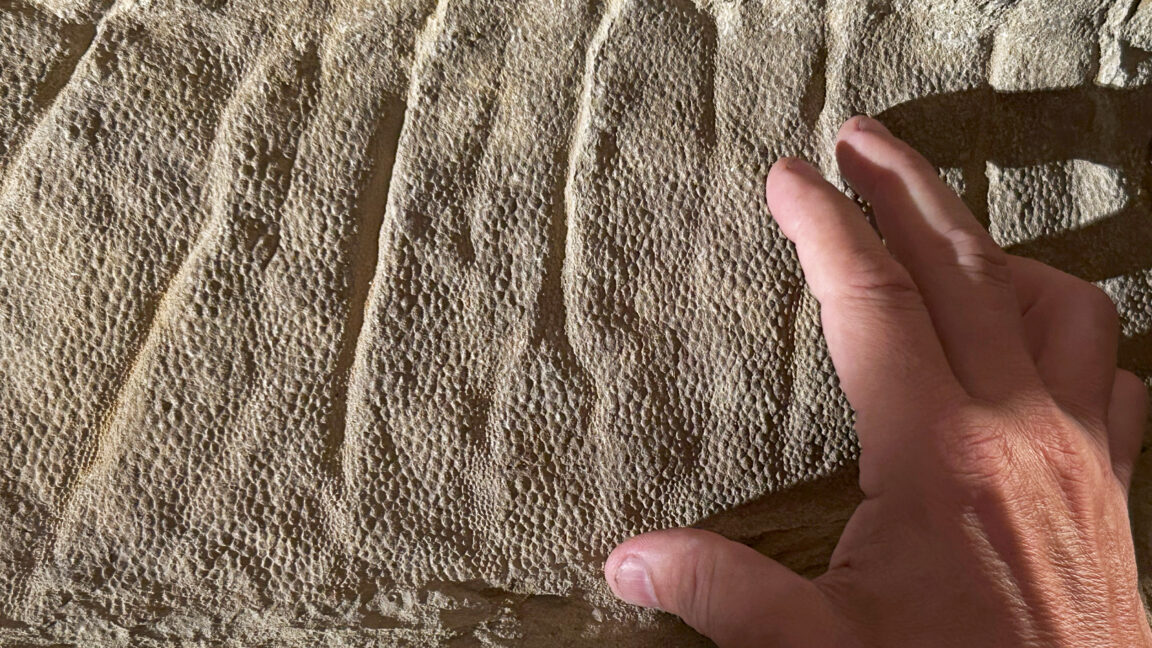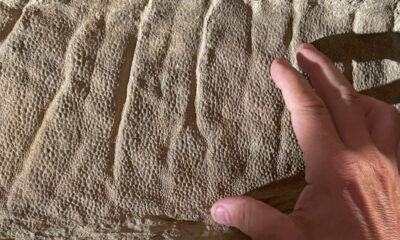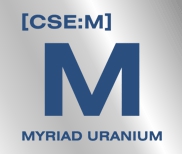Science
New Discoveries of Edmontosaurus Mummies Transform Understanding

Paleontologists have made significant strides in understanding the appearance of the Edmontosaurus annectens, a large herbivorous duck-billed dinosaur that roamed during the late Cretaceous period. A recent expedition led by Paul C. Sereno, a professor of organismal biology at the University of Chicago, unearthed two new mummies of Edmontosaurus in east-central Wyoming, the same region where fossil collector C.H. Sternberg discovered the first specimen in 1908.
The newly found mummies, encased in a thin layer of clay, provide unprecedented details about the dinosaur’s external anatomy. This marks the first time scientists have been able to visualize Edmontosaurus with remarkable accuracy, revealing features such as the size of its scales and the arrangement of its tail spikes.
Evolution of Edmontosaurus Imagery
Over the years, the depiction of Edmontosaurus has evolved significantly. The initial illustration by renowned paleoartist Charles R. Knight in 1909 was based on the first mummy but included inaccuracies, such as extending the crest along the entire length of the body. This misrepresentation occurred because Knight had only the head and torso to work with, lacking a complete specimen.
In 1984, Jack Horner, an influential American paleontologist, revised Knight’s interpretation after discovering a tail section with spikes. Sereno notes that Horner’s reconstruction also contained errors, as he inaccurately extended the spikes along the entire length of the dinosaur. With these competing visions, the true appearance of Edmontosaurus remained elusive until now.
To confirm their findings, Sereno’s team retraced Sternberg’s steps to the original excavation site, despite the difficulty of navigating outdated references. By interviewing local farmers, they successfully located the “mummy zone,” an area known for its rich deposits of Cretaceous fossils.
The Unique Geological Conditions of the Mummy Zone
The fossils are located within the Lance Formation, a geological structure formed during the final three million years of the Cretaceous period. This formation, which spans several states and parts of Canada, exhibits unusual thickness in the mummy zone, reaching up to 1,000 meters due to high sedimentation rates.
Sereno suggests that frequent flooding from a nearby river likely contributed to this phenomenon, burying dinosaurs under layers of mud and clay. This process, known as clay templating, preserved a delicate imprint of the dinosaur’s skin, revealing details previously unknown to scientists.
Utilizing advanced imaging techniques, including CT scans and photogrammetry, the research team created detailed models of the Edmontosaurus skin. The results highlighted significant changes to the creature’s crest, spikes, and skin texture, and revealed that it possessed hooves—a surprising discovery for a dinosaur of its size.
The analysis demonstrated that the Edmontosaurus had singular, central hooves on its forelegs and three wedge-shaped hooves on its hind legs, similar to those found in modern-day rhinos. These findings suggest that hooves may have evolved independently in dinosaurs and mammals.
Sereno expressed excitement over the implications of these discoveries. “We are documenting the earliest hooves in land vertebrates and the first confirmed hooved reptile,” he stated, emphasizing the groundbreaking nature of the mummies.
The team also discovered other dinosaur species in the mummy zone, including a T. rex and a Triceratops. The T. rex was found in a strikingly life-like pose, suggesting it may have been buried alive, while the Edmontosaurus specimens were positioned in a death pose, indicating they had been dead for some time before burial.
Sereno anticipates that the upcoming research on these additional mummies will shed further light on the physiology and diversity of dinosaurs living in the same ecosystem. “We are in the age of discovery,” he remarked, suggesting that these findings represent just the beginning of what may be uncovered in the future.
With the published results expected in 2025, the paleontological community eagerly awaits the insights that will emerge from these remarkable discoveries. The Edmontosaurus mummies not only enhance our understanding of this specific dinosaur but also open new avenues for research into the broader ecological dynamics of the Cretaceous period.
-

 Politics1 week ago
Politics1 week agoSecwepemc First Nation Seeks Aboriginal Title Over Kamloops Area
-

 World4 months ago
World4 months agoScientists Unearth Ancient Antarctic Ice to Unlock Climate Secrets
-

 Entertainment4 months ago
Entertainment4 months agoTrump and McCormick to Announce $70 Billion Energy Investments
-

 Lifestyle4 months ago
Lifestyle4 months agoTransLink Launches Food Truck Program to Boost Revenue in Vancouver
-

 Science4 months ago
Science4 months agoFour Astronauts Return to Earth After International Space Station Mission
-

 Technology3 months ago
Technology3 months agoApple Notes Enhances Functionality with Markdown Support in macOS 26
-

 Top Stories1 month ago
Top Stories1 month agoUrgent Update: Fatal Crash on Highway 99 Claims Life of Pitt Meadows Man
-

 Sports4 months ago
Sports4 months agoSearch Underway for Missing Hunter Amid Hokkaido Bear Emergency
-

 Politics3 months ago
Politics3 months agoUkrainian Tennis Star Elina Svitolina Faces Death Threats Online
-

 Politics4 months ago
Politics4 months agoCarney Engages First Nations Leaders at Development Law Summit
-

 Technology4 months ago
Technology4 months agoFrosthaven Launches Early Access on July 31, 2025
-

 Top Stories3 weeks ago
Top Stories3 weeks agoFamily Remembers Beverley Rowbotham 25 Years After Murder





















